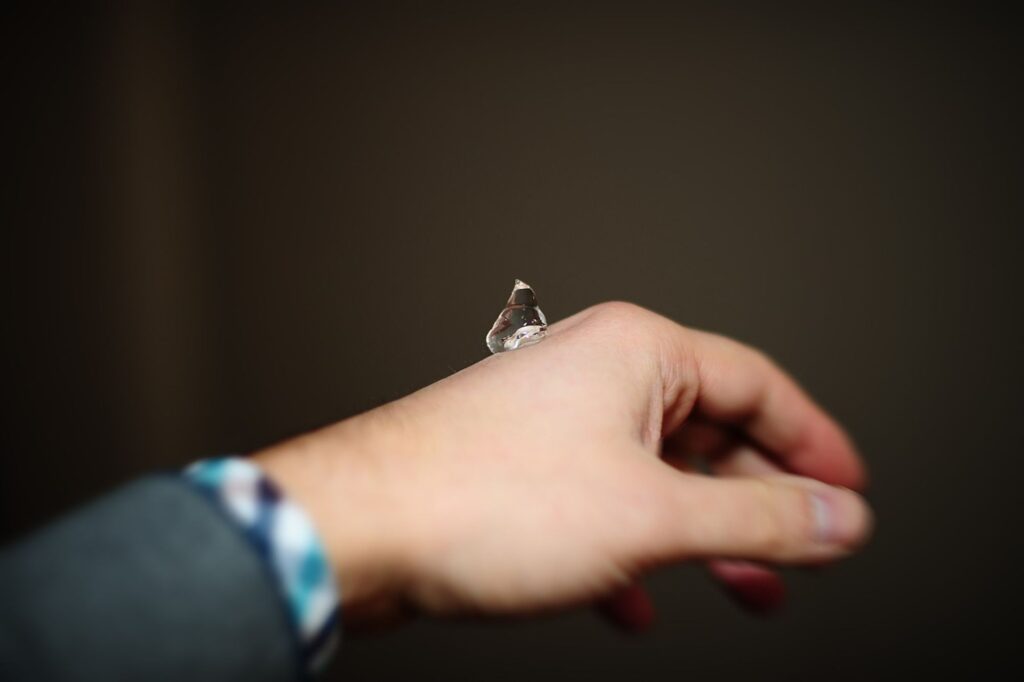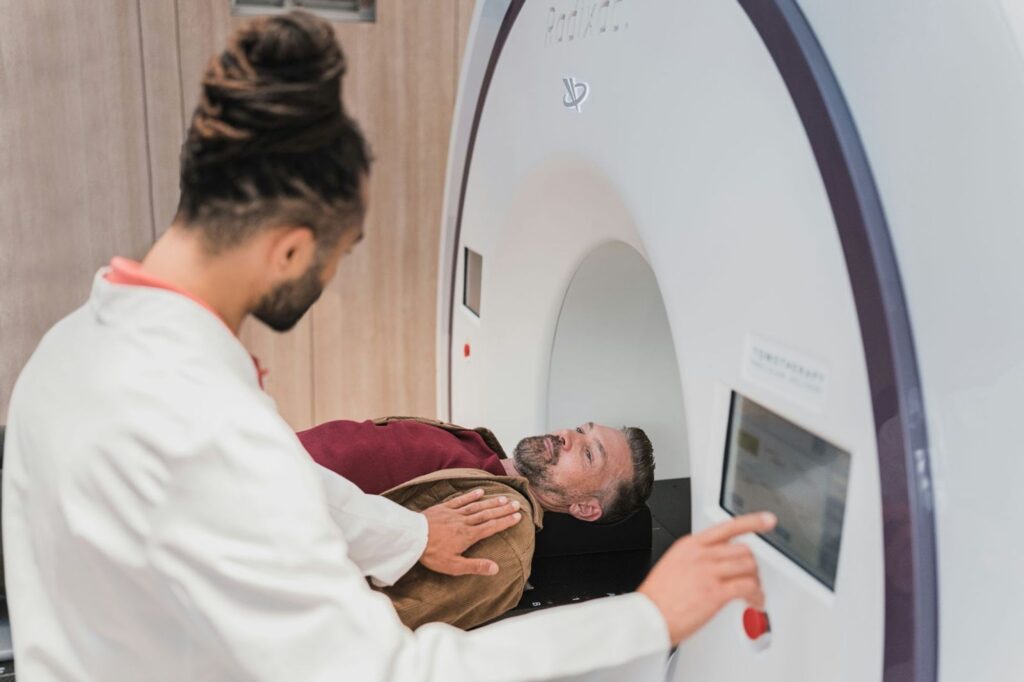The Future of Medicine: Soft, Magnetically Controlled Micro-Robots
Arthur C. Clark once famously said: “Any sufficiently advanced technology is indistinguishable from magic (1).”
At the time, he was immersed in writing science fiction, possibly envisioning the medical advancements that are now transforming into reality. Today, researchers are tapping into the vast possibilities of soft magnetic materials combined with 3D printing technology.
This innovative approach is leading to the development of magnetically controlled micro-robots. These tiny robots have the ability to maneuver through the human body with remarkable precision and agility.

The Evolution of Medical Robotics
Medical robots are not new, relatively speaking. In 1984, a robot system called “Arthrobot” was used to assist in an orthopedic surgical procedure at the University of British Columbia Hospital in Vancouver. Numerous medical robotic systems appeared in the 1980s, and now the use of some form of robotic assistance in medical procedures is commonplace.
There is ongoing research involving flexible, soft robots. Complex surgical robots allow surgeons to operate through small incisions using robotic arms and camera guidance. But even flexible, soft robots have the drawback of being connected to cumbersome tethered power supplies, which limit the degree to which they can safely traverse the intricately soft, squishy, and fragile biological stuff of which we are all made.
Metal-Free Magnetic Soft Materials: A Pioneering Class of Smart Composites
Enter metal-free magnetic soft materials, a pioneering class of smart composites that harness the power of magnetism without the need for conventional metal components. By ingeniously integrating magnetic particles into flexible polymer matrices, researchers have unlocked a new frontier of possibilities.

Groundbreaking Magnetic Gel Developed by University of Michigan and Max Planck Institute
A prime example is the groundbreaking magnetic gel developed through a collaboration between the University of Michigan and the Max Planck Institute for Intelligent Systems. This innovative gel incorporates carbon-based molecules that are chemically bonded to its molecular network, imparting unique magnetic properties (2).
The key lies in the inclusion of TEMPO molecules – stable organic radicals that act as the source of magnetism within the gel’s structure.
Potential Applications of Magnetic Gel in Healthcare
This innovative magnetic gel consists of a pliable polymer infused with organic radical molecules, which impart magnetic characteristics without the incorporation of metals. Such an advancement paves the way for the development of soft, magnetically driven biomedical devices useful in applications like targeted drug delivery, flexible robotic systems, artificial muscles, and beyond (2,3).
Imagine a firm gel, able to be cut or printed in any shape or size with no moving parts, controlled by magnets manipulated outside of the body the way a kid from the fifties would put a beard of iron shavings on “Wooly Willy.”
Flexibility and Biocompatibility of Metal-Free Composites
Normally such a thing would be prohibitive in many situations because of the dangers inherent in introducing toxic metals into the body, but these micro-spelunkers contain no metals.
They also offer unparalleled flexibility. They can bend, twist, and conform to all sorts of complex geometries, making them ideal for soft robotic structures that need to navigate in intricate biological environments.
Researchers are exploring a wide range of metal-free composites all with the goal of achieving optimal biocompatibility while retaining strong magnetic properties.
They even hold the promise of biodegradability, allowing for the development of transient medical devices that can safely degrade within the body after serving their purpose, minimizing the need for invasive retrieval procedures (2).
Targeted Drug Delivery and Compatibility with MRI

Magnetically guided capsules or micro-robots constructed from these flexible, biocompatible composites could wirelessly navigate through the body’s intricate pathways to release their drug cargo precisely on target. This would offer less traumatic treatment of conditions like cancer, where localized chemotherapy could be administered directly to the tumor site (2,3).
Another key advantage of metal-free magnetic soft materials is that they potentially would be compatible with Magnetic Resonance Imaging (MRI). Conventional magnets can interfere with MRI scanners, but these weakly magnetic composites would allow imaging and monitoring of soft robotic implants in real time as they navigate the body (2,3).
Unlocking a New Era of Precision Medicine
As researchers continue to push the boundaries of material science and nanotechnology, the development of metal-free magnetic soft materials for miniaturized medical robots is poised to unlock a new era of precision medicine.

Unlocking a New Era of Precision Medicine
As researchers continue to push the boundaries of material science and nanotechnology, the development of metal-free magnetic soft materials for miniaturized medical robots is poised to unlock a new era of precision medicine.
Technology’s exponential evolution over the last decade makes staying informed and relevant not just an advantage but a necessity. At DKMD Consulting, we specialize in translating the complexities of groundbreaking scientific discoveries into clear, accurate, and engaging medical copy. Our expertise spans the entire spectrum of new technologies and the medical industry, making us your ideal partner in traversing this dynamic field.
Are you seeking to enhance your understanding of soft, magnetically controlled micro-robots? Perhaps you’re interested in the latest advancements in biocompatible materials or the potential of nano-scale medical devices.
DKMD Consulting is here to help. Our team of experts examines the science, offering insights and analyses that meet rigorous medical standards and align with your audience.
By choosing DKMD Consulting, you gain access to:
- Expert Analysis: Our content is crafted by specialists who ensure that every piece of information is accurate, up-to-date, and reflective of the latest research.
- Strategic Insight: We help you identify and focus on the technologies that are most relevant and promising for your needs, positioning you as a leader in the medical field.
- Engaging Content: We understand the importance of engagement. Our copy does not merely inform; it captivates, educates, and inspires action.
- Custom Solutions: From detailed articles and white papers to informative blog posts and newsletters, our services are tailored to meet your unique requirements and goals.
Partner with DKMD Consulting and ensure that your communications are as innovative as the technologies they describe. Whether you’re at the cutting edge of medical research or looking to update your existing knowledge base, we’re here to provide the content solutions you need to succeed.
Take the first step towards redefining medical communication within your organization. Contact DKMD Consulting today to schedule a comprehensive consultation. Learn more about our services and how we can assist you in achieving your objectives. Let’s work together to make the future of medicine accessible and understandable for everyone.
References
- Clarke, A. C. (1973). Hazards of prophecy: The failure of imagination. In Profiles of the future: An inquiry into the limits of the possible (Rev. ed., pp. 14-21). Harper & Row.
- Smith, D. (2024, January 15). Squishy, metal-free magnets to power robots and guide medical implants.) University of Michigan News.
- Kim, Y., & Zhao, X. (2022). Magnetic Soft Materials and Robots. Chemical reviews, 122(5), 5317–5364.





